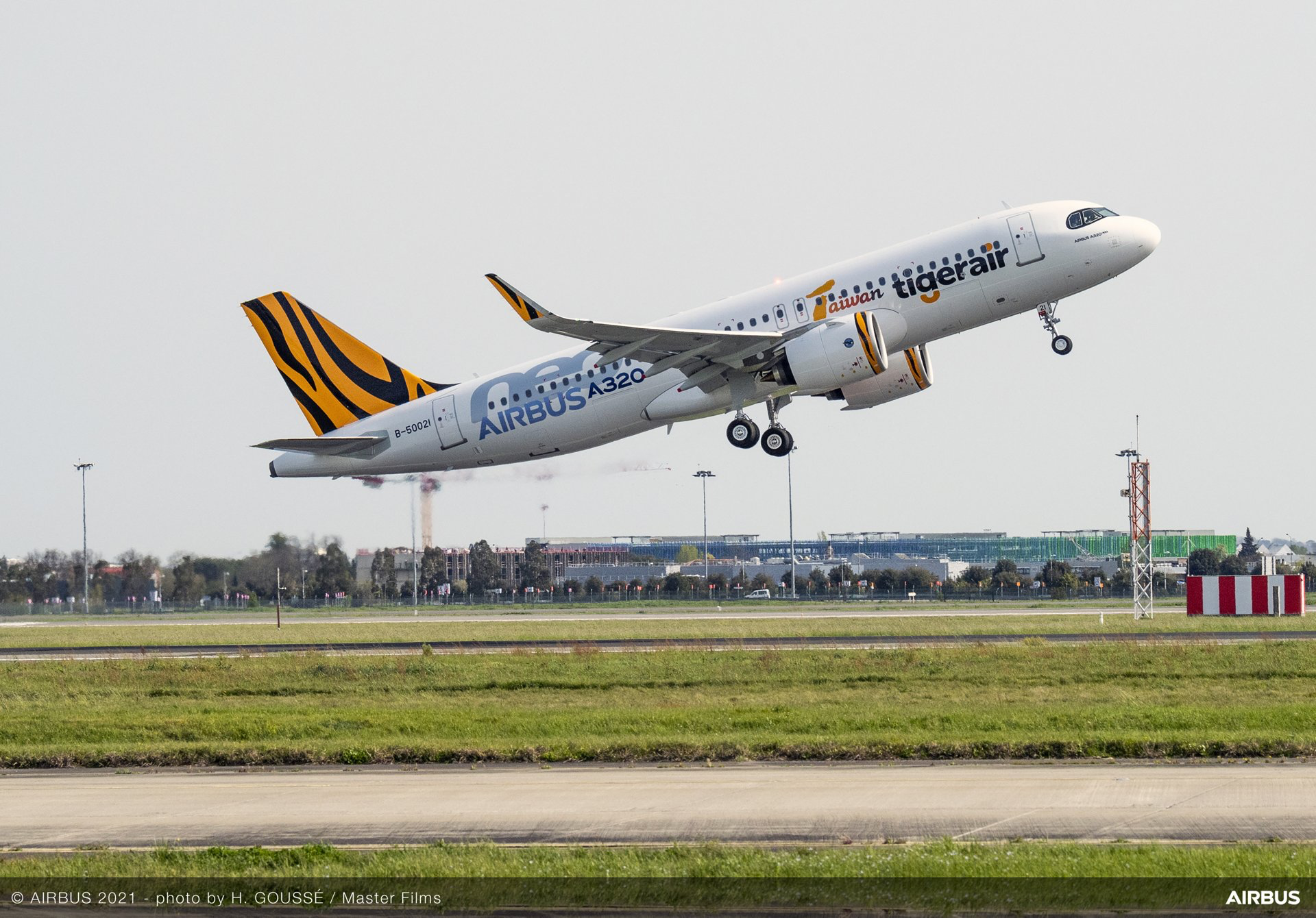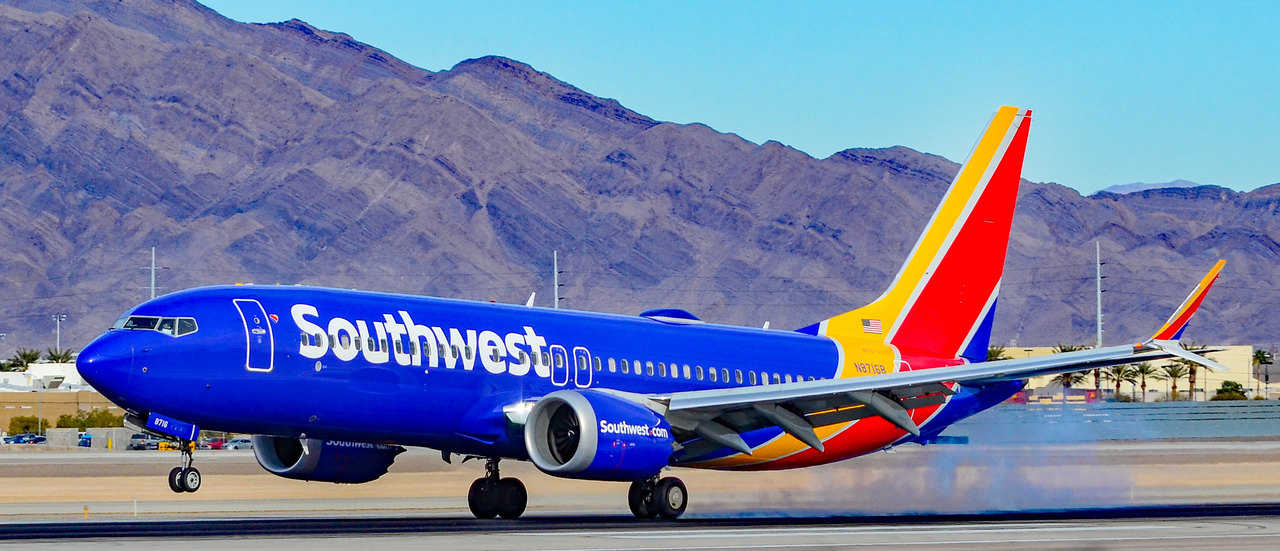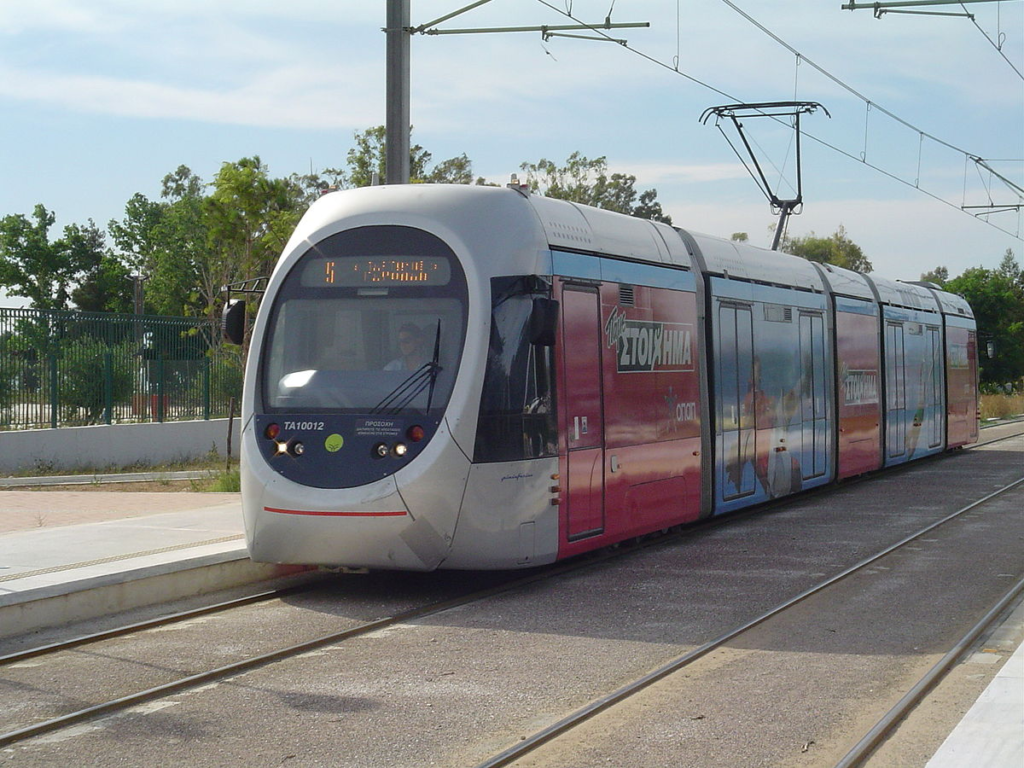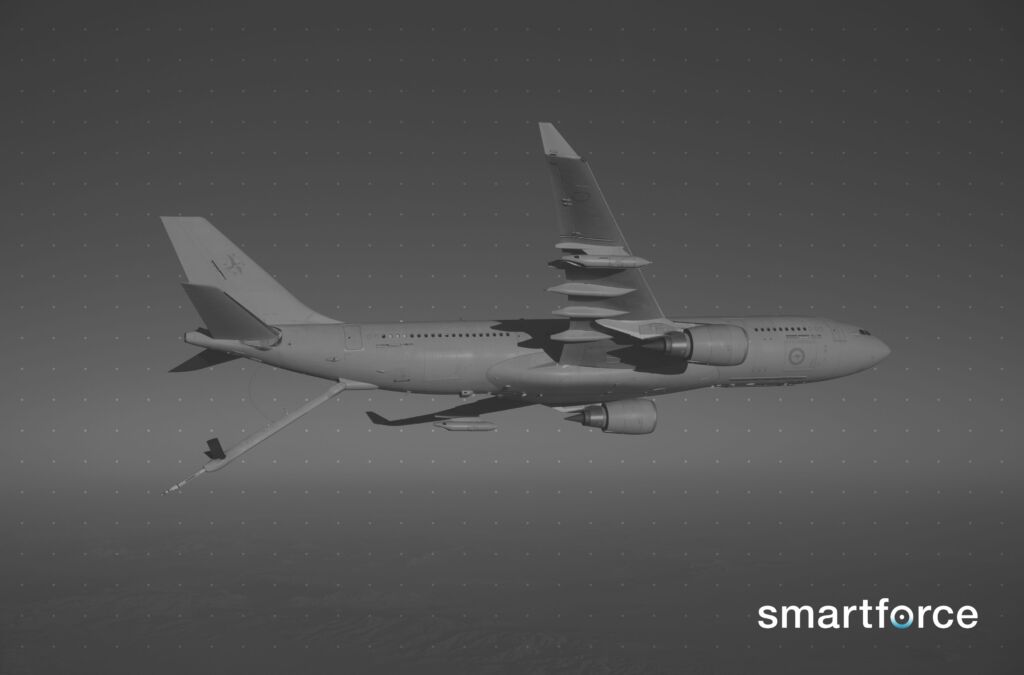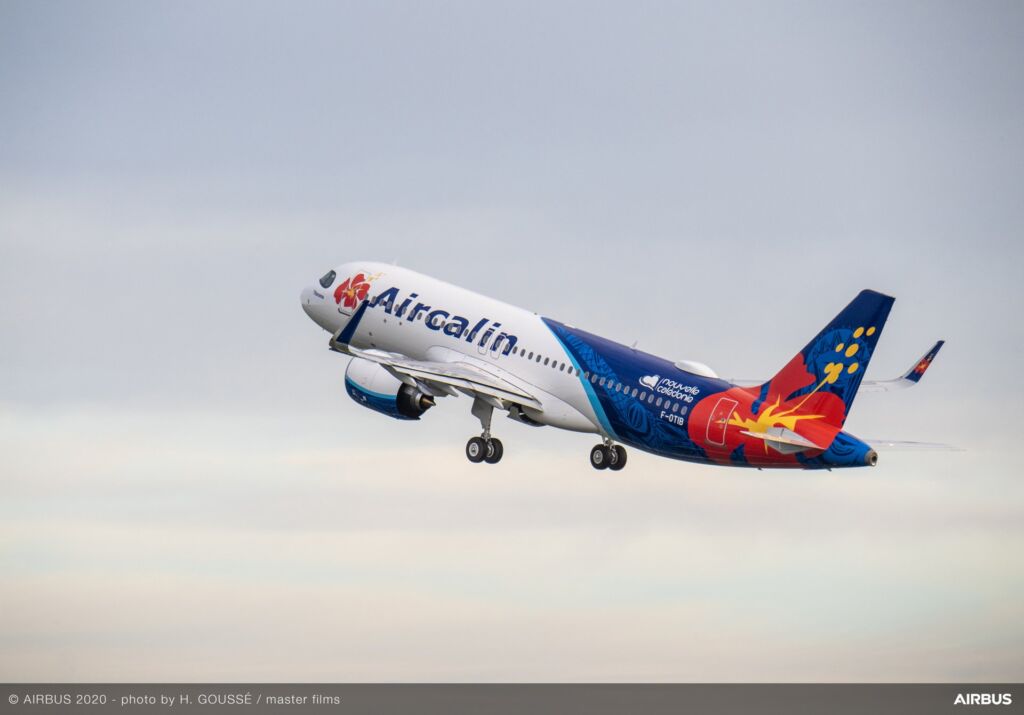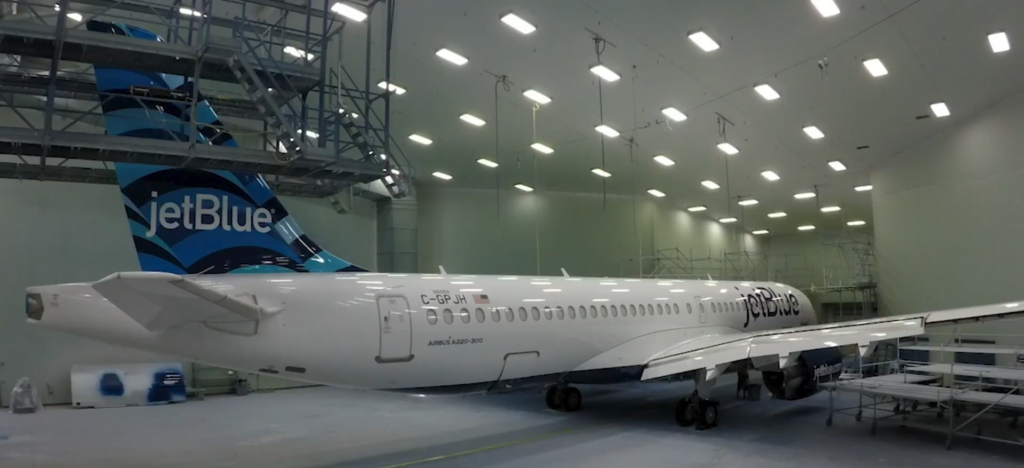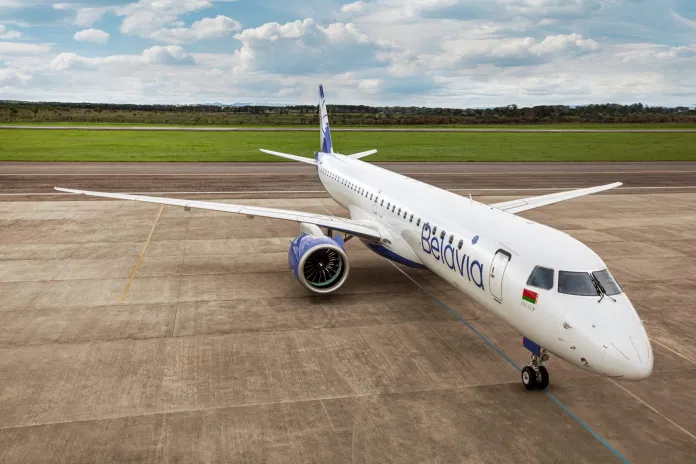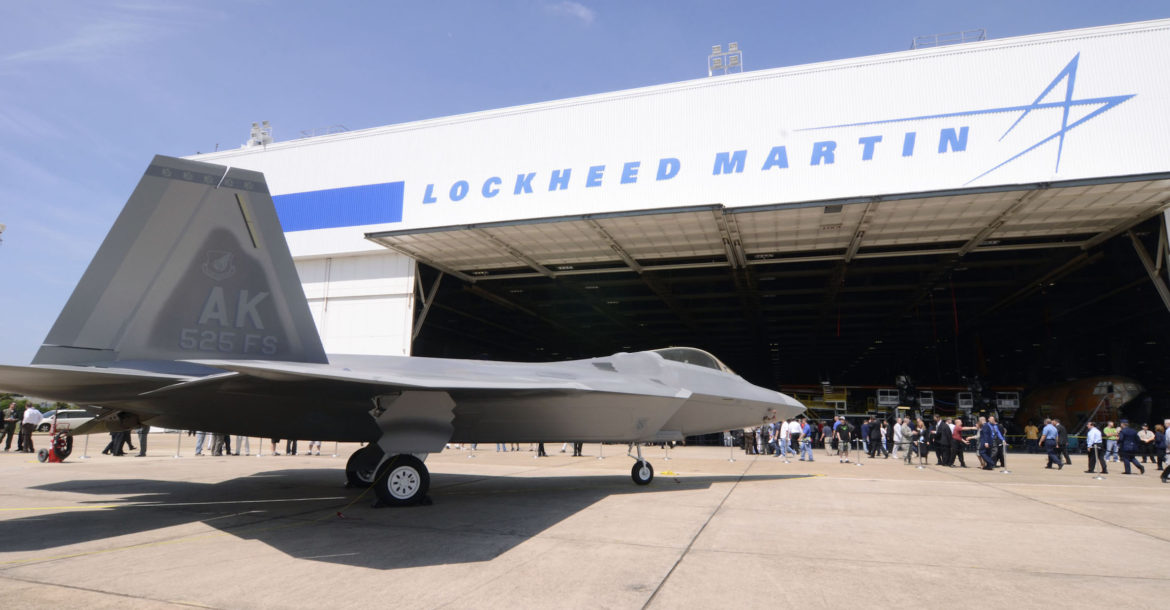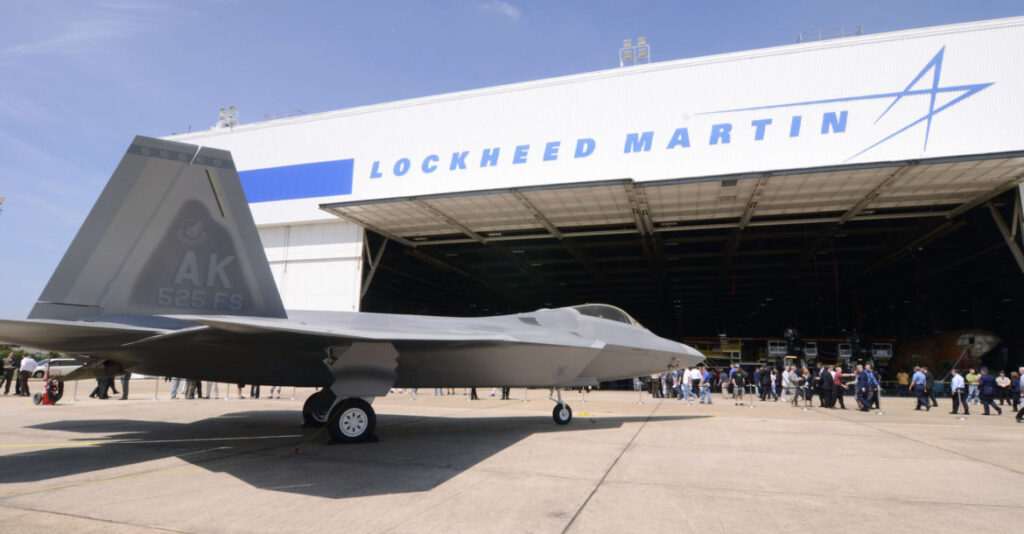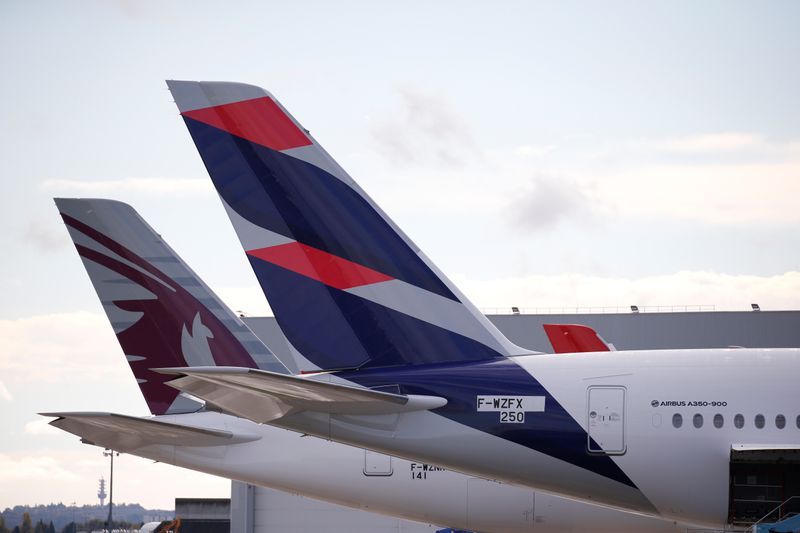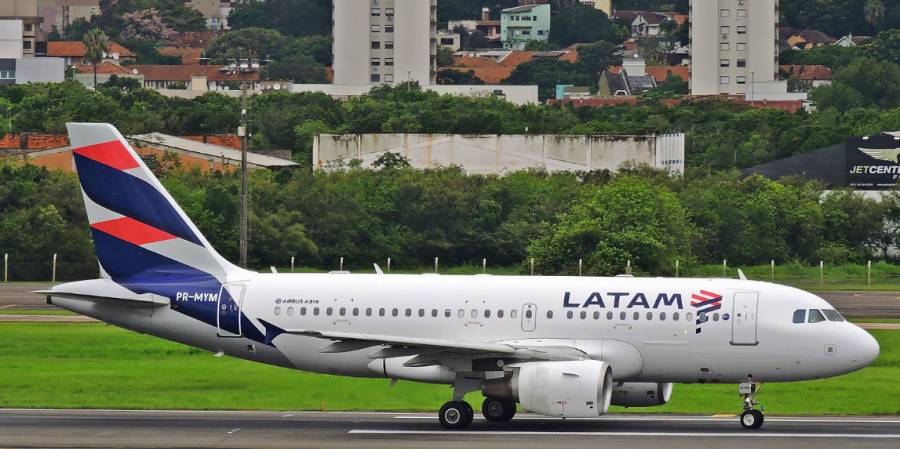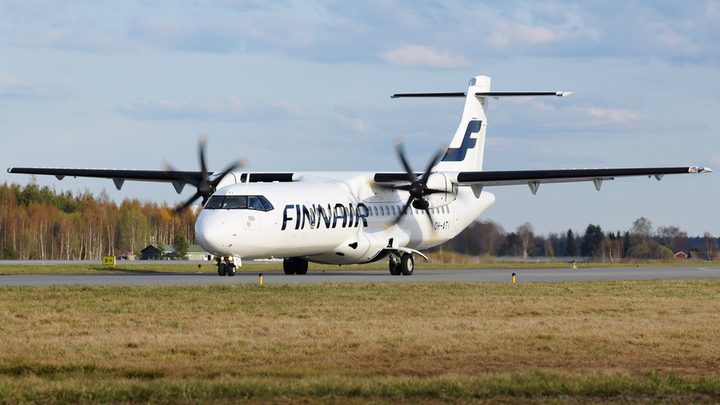JetBlue (NASDAQ: JBLU) announced it has formally taken delivery of its first Airbus A220-300 aircraft, marking the start of a new era for the airline’s fleet. The aircraft – tail N3008J – is scheduled to arrive at JetBlue’s home at New York’s John F. Kennedy International Airport (JFK) this evening from Airbus’s U.S. production facility in Mobile, Ala. It is the first delivery of 70 A220 aircraft JetBlue has on order, which will be phased in to ultimately replace the existing fleet of 60 Embraer 190 aircraft.
The A220 boasts a nearly 30 percent lower direct operating cost per seat than the current E190. Lower seat costs come from both fuel and non-fuel savings. The A220 fleet will also help to further reset JetBlue’s maintenance costs well into the decade. The airline anticipates the A220 fleet, with improved reliability and longer maintenance intervals, will have a maintenance cost per seat that is more than 40 percent lower than E190s.
With a range of up to 3,350 nautical miles and a 40 percent lower fuel burn per seat than JetBlue’s E190 aircraft, the favorable economics open the door to new markets and routes that would have been unprofitable with JetBlue’s existing fleet. The A220 covers a wide mix of new and existing market possibilities with excellent economics on short, medium and even potentially transcontinental markets. This will allow for better overall aircraft utilization and provide a competitive advantage for JetBlue in short haul markets.
The A220 is powered exclusively by Pratt & Whitney GTF engines, which deliver double-digit improvements in fuel and carbon emissions. Optimizing fuel burn is an important first step in JetBlue’s cost-conscious sustainability strategy, and prioritizing fuel-efficient aircraft and engines aligns with JetBlue’s approach to reducing emissions. Earlier this year, JetBlue became the first major U.S. airline to achieve carbon neutrality for all domestic flights, and later announced its plans to achieve net zero carbon emissions across all operations by 2040. The A220’s significant reduction in per-seat emissions will help JetBlue meet and maintain its sustainability commitments.
The interior of JetBlue’s A220 will be as impressive as the operating capabilities of the aircraft. Customers will also enjoy an elevated inflight experience with wider seats, spacious overhead bins and extra-large windows. JetBlue’s fleet features the most legroom in coach (a) and free Fly-Fi®, the fastest broadband internet in the sky (b). JetBlue will reveal details of its custom-designed A220 cabin – featuring thoughtful, customer-friendly touches throughout – in January 2021.
JetBlue continues to navigate the new travel environment with a steady hand and a long-term view on recovery. The investment in the A220 allows the airline to continue to execute its low cost business model, and enables JetBlue to continue to offer low fares to more customers.
Click the link below to view the JetBlue Airbus A220-300 Aircraft time lapse video!
https://mms.businesswire.com/media/20201231005234/en/849666/19/4822028_JetBlue_A220-300_Timelapse_1.mp4&.mp4?download=1
